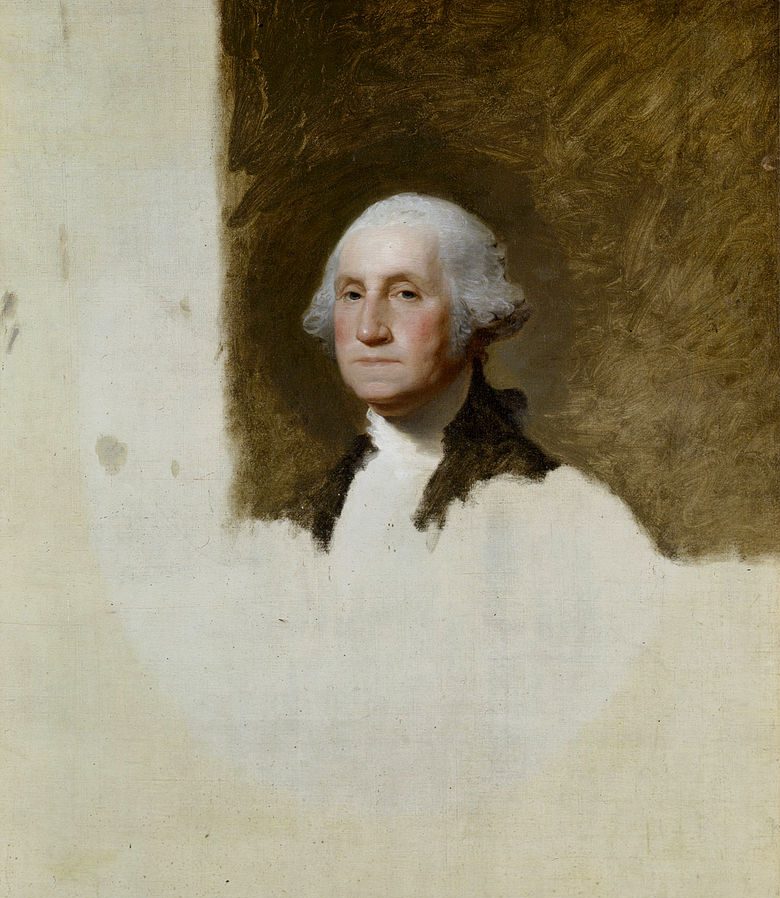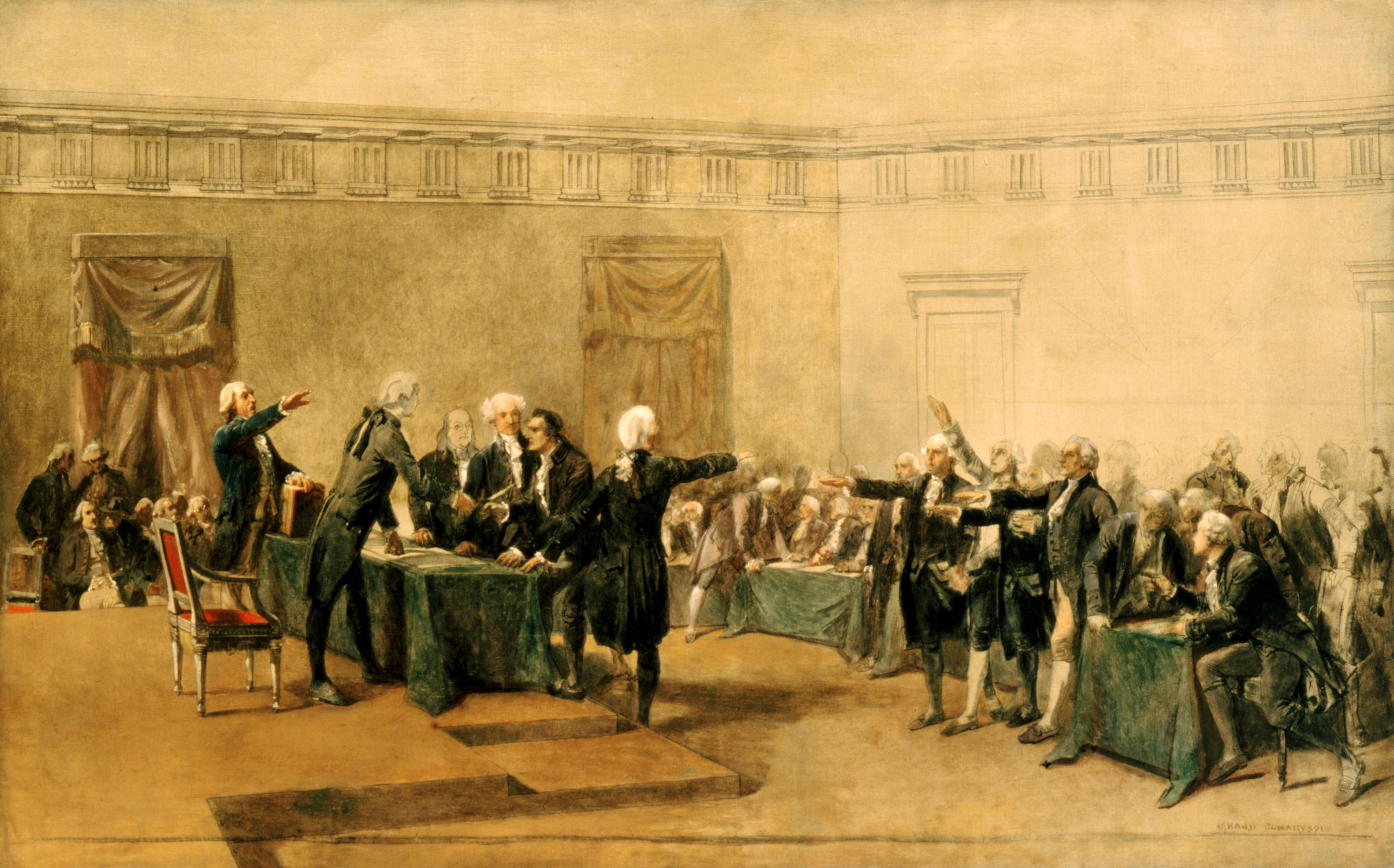Democracy and despotism in a digital age.
Inside the Occupied Zone

How elite negligence is killing American innocents.
The smell was the first thing I noticed. As I arrived at Cal Anderson Park—then in the possession of Seattle’s infamous Capitol Hill Autonomous Zone (CHAZ, later CHOP)—I was struck with the acrid scent of body odor, smoke, and lingering spray-paint fumes. In the distance, a booming sub-bass beat reverberated off the façades of townhomes and apartment buildings.
When the riots began, the city drained the water from the park’s famous reflecting pool. By now, its edges had become a concrete canvas for graffiti: “ACAB,” the scrawled inscriptions read. “1312.” “Land back.” “Kill the Masters.”
Daylight
The Occupied Zone was comprised of six city blocks which the protestors declared outside of the bounds of the United States Government. I ended up spending 72 hours in the Zone, both day and night.
I had spent hours watching livestream videos from inside the Zone before arriving to get a sense of how people dressed, acted, and moved within the space. I made sure to keep a COVID mask on at all times and wore a hat, sometimes with sunglasses, sometimes not. From my previous experience in the military, I knew to locate and include all the closest emergency facilities in my operational planning.
Within the first few hours of arriving, I met up with a couple local friends who came down to the event looking the part and capable of handling themselves if need be. We began walking the inner field of Cal Anderson Park. One of the first things we saw was a man who appeared to be homeless and on some cocktail of street drugs running around and wildly slashing the air with an actual machete. He rushed past as people sat around chatting, tuning out the danger.
Eventually the medics—a self-appointed cadre of black-clad individuals with red crosses made out of duct tape—arrived and asked they be given then machete so they could “take care of it.” Not wanting to break cover, we handed it over, and I inquired what they would do about the man who had been running about and nearly stabbing people. They assured me they would keep an eye on him, but that everyone was welcome within the space.
The second day we were there, I was walking around Pine Street with my brother Kevin, who had flown in the night before to watch my back (he’s that kind of brother). We came upon a Christian street preacher and two of his team trying to spread the Gospel inside the zone. Earlier, we had seen a video of this peaceful preacher being attacked and put into a chokehold by individuals later identified as Antifa.
Now, a group of protesters had pinned him down on a staircase, unable to stand. Asked why they were mistreating him, the group yelled back that the Capital Hill zone was not meant for Christian preachers, and he was not welcome there. For half an hour they kept him grounded on the staircase against his will.
Eventually, after much heated discussion with his two prayer team members, they physically dragged him to the barricade and threw him out.
The State of Nature
But all of what went on during the day paled next to the anarchy that arose at night. Each day after spending hours walking the Occupied Zone and filming as much as we could, we headed back to the accommodations we had booked on the edge of the territory. There we charged phones and batteries, checked in with the world, edited and uploaded videos, and planned our next moves.
After the sun set, we would make our way back through the now-darkened park and into the zone beyond to see what we would find after the news cameras and reporters retreated to their luxury hotels, and the day-trippers and hipsters departed in search of craft beer and Netflix.
Before we arrived, we knew the nighttime already had a reputation. For one thing, members of the John Brown Gun Club of Puget Sound—a local “antifascist” group linked to an ICE firebombing—could always be found armed, wearing black, and walking throughout the zone on patrol. For another, one day before we arrived, the world had watched as a chieftain of sorts emerged onto the scene: Raz Simone or, as he was sometimes called, Warlord Raz.
In one viral video, Raz was shown passing out assault rifles to a crowd from the trunk of his Tesla while he himself carried an AK-47 and a handgun in a thigh holster. In another video taken at night, Raz finds a street artist spray-painting over a wall that has already been tagged and tells him this is not allowed, referring to himself and his entourage as a sort of policing force inside the zone.
The first night we were there, thefts had already begun inside the tent city. But it was on night three that the dam broke. My brother and I had been doing interviews with a few people on 12th and Pine when a commotion broke down the street from us. We heard someone on stage yell to go quickly and that someone was about to get shot. We saw that a few others were running down 12th, so we took off in that direction.
We came to an auto shop named Car Tender a few blocks down, with a fenced-in auto lot. People were saying that a thief had been caught inside by the owner and his son and were being held at gunpoint. Before we could size up the situation, the mob arrived, whipped into a fury by the speaker on stage. They crashed against the gate, violently shaking it back and forth until it fell to the ground.
The first line of the mob entered the auto yard as the owner and a few employees came out, one strapped with an AR-15 but not pointing it at anyone. What followed next was a tense standoff as the owner explained the thief had already been let go, and the police had not responded to his 9-1-1 call as he was too close to the occupied zone. Eventually, cooler heads prevailed and the mob backed down from what could have turned into a very ugly scene.
The owner spoke to a few members of the mob and some independent journalists who were covering the scene. He told them that between COVID and the occupation, he was losing his business, and that the mayor and his local city council rep had done absolutely nothing to help him. As he spoke, an ambulance and fire tuck drove past to pick up another blacked-out participant down the street. No police responded.
The field medics and JBCGs arrived and again tried to get people to stop filming. At that point, Warlord Raz arrived with his retinue to talk with the business owner. Then the unexpected happened: the thief himself reappeared.
The owner and his still-armed son looked over and pointed out that the thief, a skinny young man with a long ponytail, was wearing the owner’s jacket. The thief took off running in the direction of the barricade, and the owner’s son and Raz took off in pursuit of him. My brother and I pulled out our phones and took off with them to document the situation.
As we ran around participants and cars in the dark, the thief came closer to the barricade and the group maintaining a checkpoint there. Someone yelled out to stop the thief, and another person yelled “he’s got a knife!” Sure enough, the thief appeared to have a curved pocketknife in his hand, without the blade released.
As I kept filming, keeping up with the mad dash, Raz drew his sidearm and racked a round into the chamber as he approached the young man, but onlookers yelled “No, don’t!,” so he put his handgun away for the time being. A crowd formed around the accused thief and pushed him up against the hood of a car.
As Hobbesian human nature played out before my camera lens, the crowd that had thrown the police out were now struck with a dilemma: how to deal with a criminal? They demanded he open his schoolbag. He refused. They took it from him and began searching. The young man squirmed as they pushed him up against the hood of the car.
The questioning continued, and Raz stood front and center, along with the owner’s son. At one point, the tense exchange seemed to be dying down, but the crowd was not moving back an inch. They had no clue what to do with the criminal, as their entire protest demanded they could not turn him over to police.
Suddenly, a green-taped fist reached through the crowd: one individual rushed forward and began pummeling away at the thief. Apparently, someone had grown impatient with doing things the easy way. A scuffle ensued, and in the confusion, the thief bolted and escaped into the park.
Aftermath
A few minutes after this, the crowd made its way back into the center of the zone, Raz at the center of it all. I went to sit on a few “conversation couches” that had been set up nearby in the street with my brother and journalist Kalen D’Almeida from Scriberr News. I took a quick video of the scene to show the aftermath and the dynamics at play after the mainstream news crews had abandoned the zone. Kalen began filming as well. Then I noticed Raz looking at his phone angrily.
He looked over at us sitting on the couches, then turned back in towards the crowd. A minute later, one of his crew came marching toward us. It was the same thug with the green tape on his hand. He strode up to Kalen and yelled at him to give him his phone. Kalen refused. Immediately, the green-taped fist balled up and punched Kalen in the head from the other side of the couch.
Kalen scrambled back, but the man lunged forward. I realized he was holding onto Kalen’s coat with his other hand. Kalen called for help, and I approached the man to get his attention while calling for security. My brother ran over to the nearby crowd in the intersection, bringing them the few feet over. All of this happened in less than 10 seconds. As others from the group began getting involved, green-tape man focused on yet another member of the crowd, and Kalen broke free from his grasp, running full-out down the street.
The Enablers
I left CHAZ shortly after 2am on June 15th. On the way out, I activated my Periscope app and launched a live-stream to my nearly 1 million followers on Twitter. I implored Seattle Mayor Jenny Durkan and Washington Governor Jay Inslee to shut CHAZ down immediately. The writing was on the wall: someone was going to get seriously hurt.
There are well-meaning people who took part in the Capital Hill demonstration in good faith. They wanted to peaceably assemble and petition their government for a redress of their grievances. This is legal, fully protected by our Constitution, and a basic principle of America’s founding. Of course, occupying a portion of a major U.S. city and driving out police is not legal. Looting and violence are not legal. No part of what the CHAZ became once occupied benefitted any American citizen, and some of it was outright deadly.
However, as I came to find later, other media outlets—including Fox News, were reporting that CHAZ was not a violent place at all. It was merely a Summer of Love! This narrative selectively omitted the daylight attacks on dissenters, and dropped any coverage of the nighttime violence.
This surface-only level of reporting allowed CHAZ to continue far longer than it would have otherwise. Less than a week after I left Seattle, the CHAZ shootings began. In all, there were 5 shootings on 4 separate evenings. These shootings left 2 black teenagers dead and 3 others wounded. Since ambulances were sometimes unable to enter the necessary area, in at least one case the so-called CHAZ medics attempted to treat one of the victims, who later died. That blood is on the hands of the ideologues and patsies who allowed this farce to drag on.
Coda
Only about a week after returning from CHAZ to Washington DC, the spirit of anarcho-communist public vandalism reared its head once again. Now, members of Antifa were attacking statues around the nation’s capital. However, in one instance, they also decided to call for the tearing down of a statue of Abraham Lincoln—the President who ended slavery. As it happened, this statue was only a few minutes from the One America News studio, and so I went down with a camera crew and one other reporter to document the situation.
When we arrived, we found that half the crowd amassed in the park was not in favor of destroying a statue of Abraham Lincoln at all, and that some individuals, like Don Folden, the founder of DC Black History Tours, actually appeared in favor of keeping the statue. As Don spoke, he was pushed back and silenced by masked marauders. I ventured closer to catch what was going on, but was suddenly recognized by the crowd, and within moments surrounded by a swarm of black-clad Antifa adherents.
The apparent leader of the group squared off with me, hurling nonsensical insults and profanity in my direction. In response, I calmly replied, “I am not running away.” At that point, he and his cohorts attempted to push me down the steps onto the concrete walkway below the statue. As the crowd pushed in, I lost my footing, but regained it quickly, despite the assault. For the next few minutes they shoved, kicked, and threw things at me until a security crew from another news service was able to escort me out and DC police arrived. Throughout the ordeal, I did not use force to defend myself other than to push away their attacks, and as a Catholic, repeated the Prayer to St. Michael the Archangel quietly.
The rise of anarchist violence in America is akin to a cultural revolution that has taken place in our society. Its twin parallel with so-called cancel culture is not happenstance, but by design. Whether individual actors realize it or not, they are agents of extreme nihilistic forces that seek to undermine, subvert, and eventually usurp the institutions of the American republic. Their aim is not reform of the Western system, but a wholesale replacement through a new moral imperialism. Anyone who takes a stand for the republic is labeled a counter-revolutionary and targeted for isolation and shunning—this is the purpose of cancel culture. The only remedy is for patriots to understand these illiberal, Alinsky-derived tactics, see them for what they are, and reject the bad faith actors who pursue them. Americans everywhere must remain faithful to the republic, its virtues, and the preservation of the American experiment from those who would see it ended.
The American Mind presents a range of perspectives. Views are writers’ own and do not necessarily represent those of The Claremont Institute.
The American Mind is a publication of the Claremont Institute, a non-profit 501(c)(3) organization, dedicated to restoring the principles of the American Founding to their rightful, preeminent authority in our national life. Interested in supporting our work? Gifts to the Claremont Institute are tax-deductible.
Revisionist Black supremacist history can't grasp our shared equality.
There is nothing manly in throwing up your hands.
They are as clueless as the ancien régime.






